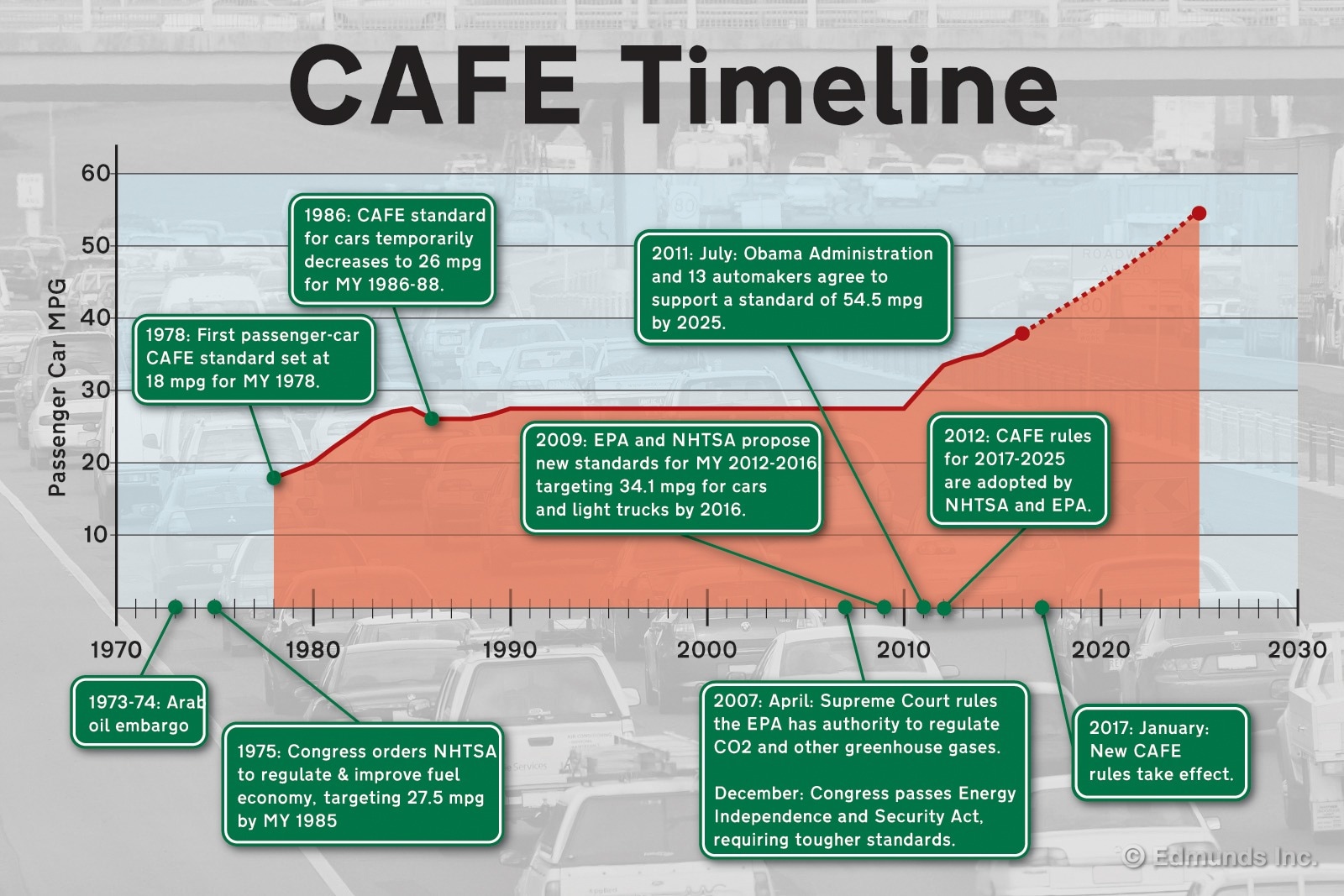Forum Discussion
ShinerBock
May 30, 2018Explorer
Turtle n Peeps wrote:
Cars have been under EPA rules for many, many years. Even though they are under EPA rules they have been getting fatter and fatter and fatter over the years.
Lets pick one and see what it has done over the years.
1970 Challenger (a car I own)= almost 3,500 lbs. 2018 Challenger= almost 4,500 lbs!!!!!
Almost a 25% increase in weight!! Even the Dodge Demon (Dodges factory drag car) weights 4,500 LBS! Look at a Ford Thunderbolt (Fords factory drag car) weighed 1,300 lbs less!!
And yes I know "some" of this stuff is mandated by the government. Things like airbags and cats and things like that are mandated but still add a lot of weight to these cars. Things like 132 cameras and butt heated and cooled seats, 45" TV screens are not.
I say the manufactures will save a few 100 lbs and that's about it. Much like when Ford went with an aluminum body. A lot of GM trucks still weigh less or the same as the Ford trucks.
Trucks have been getting bigger and heaver for almost 100 years. I don't see the trend changing anytime soon.
This also is due to EPA regulations. These regulations and technology have changed over time which have caused vehicles to change over time.
The regulations of the 70's forced cars of the 80's to decrease in size and in engine displacement. Then manufacturers started using lighter weight materials in vehicles and engine technology allowed larger engine to not only meet emissions but also fuel economy standards. There was also a long period in the 90's and 00's of no increase of CAFE numbers while the emissions requirements increased as seen in the timeline below. This was when most vehicles started to grow because engine technology and lighter weight materials outpaced the regulations.

Then stricter standards came in the 10's that added a vehicles "footprint" to come into play on its fuel economy rating. A manufacture had to combine the average footprint of the vehicles they sell in order to see what fuel economy standards they need to meet which changes year of year depending on what vehicles they sold the most of the prior year. So any manufacture, such as Ford, who sells more trucks with a larger footprint has a lower CAFE number to achieve than say Nissan who sells more smaller vehicles.
Notice the footprint on the bottom determines what CAFE number you need to reach.

This is what killed small vehicles like the Ford Ranger in 2011 since it had the footprint of a compact car, but got much worse fuel economy. This would have forced Ford to reach a much higher CAFE number (that started in 2012) since they sold so many of these small footprint trucks. So now it is more beneficial for a manufacturer who makes a lot of big vehicles, like Ford, to only sell big vehicles because it lowers their CAFE requirement. This is probably the reason why Ford is dropping most small cars from their line up.
During this whole time, Class 2B and up vehicles have been exempt from these fuel economy standards and only had to meet emissions so they grew in size over the years. Starting in 2021 that will change and you will start to see fuel economy rating on their window stickers.
About Travel Trailer Group
44,055 PostsLatest Activity: Dec 23, 2025